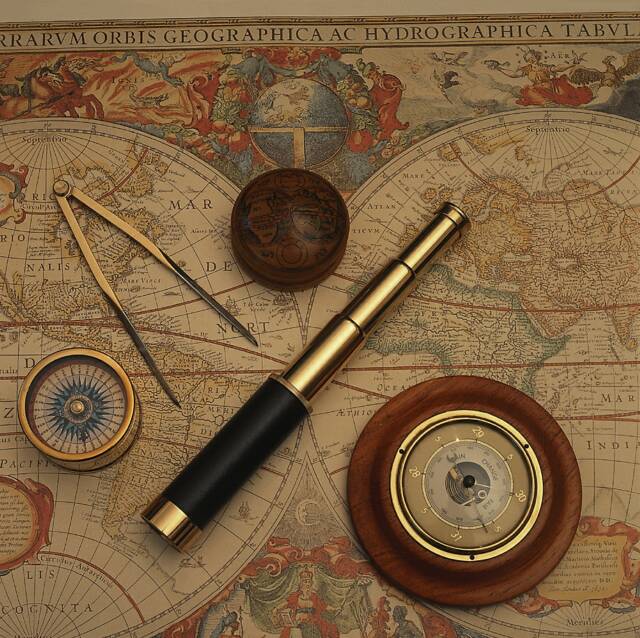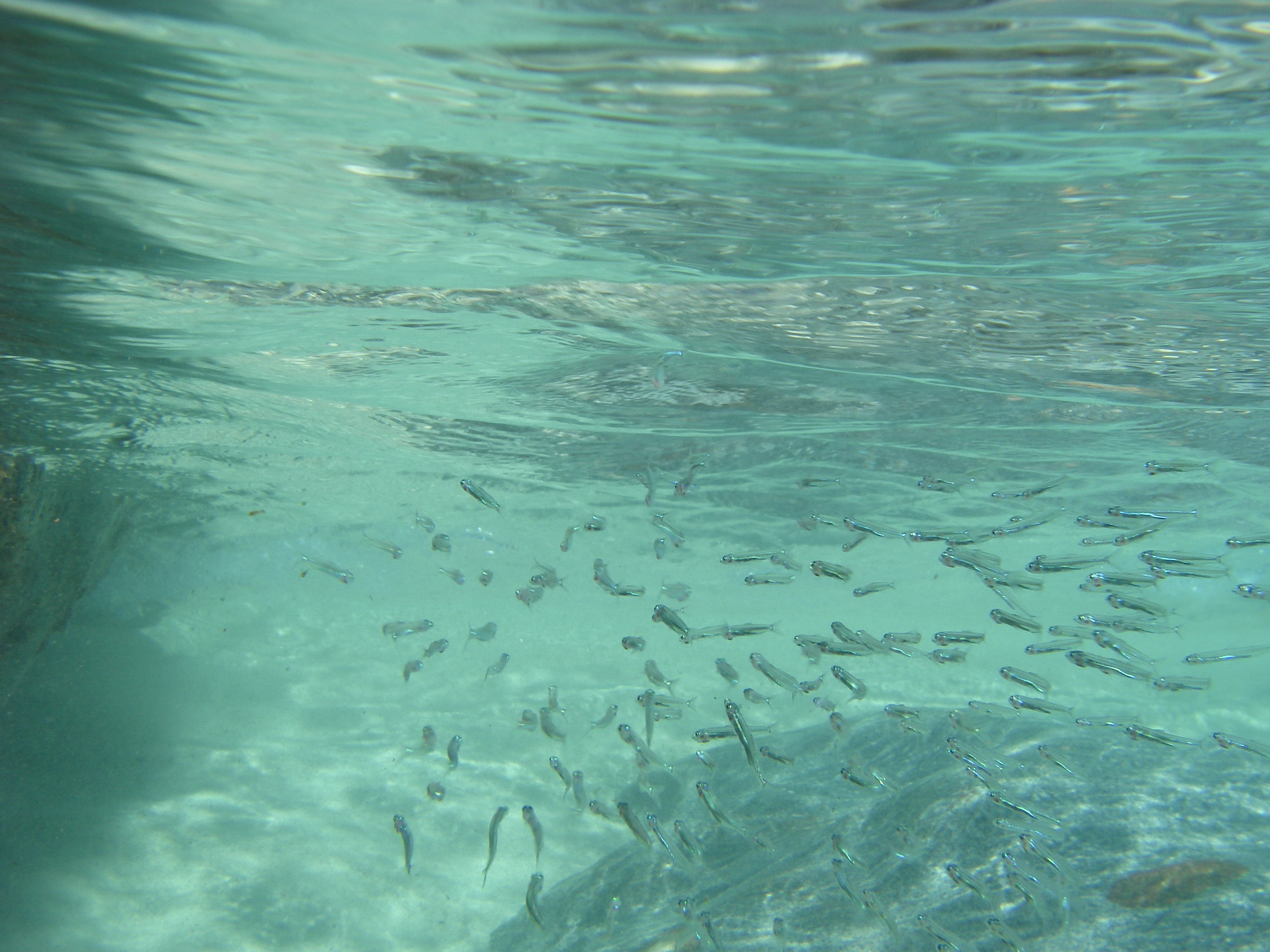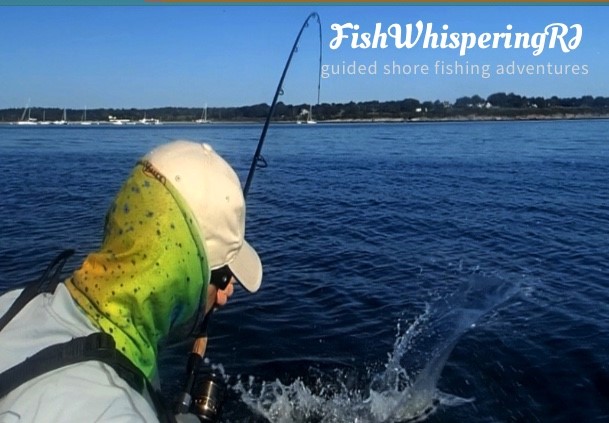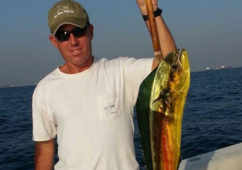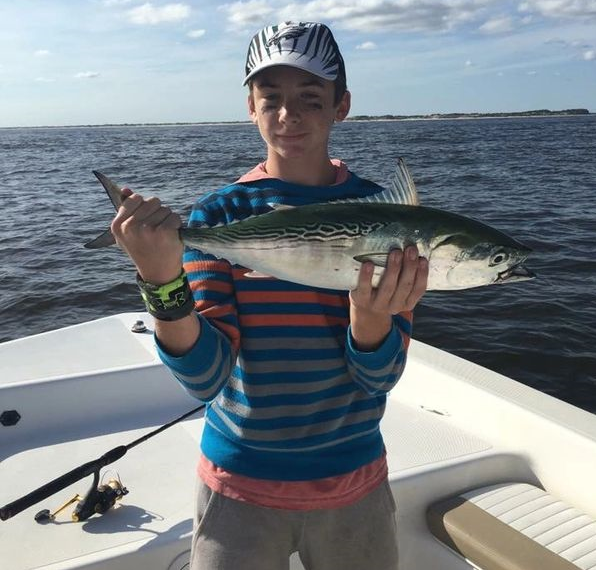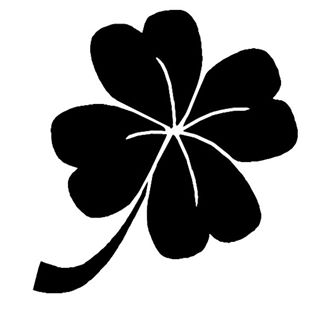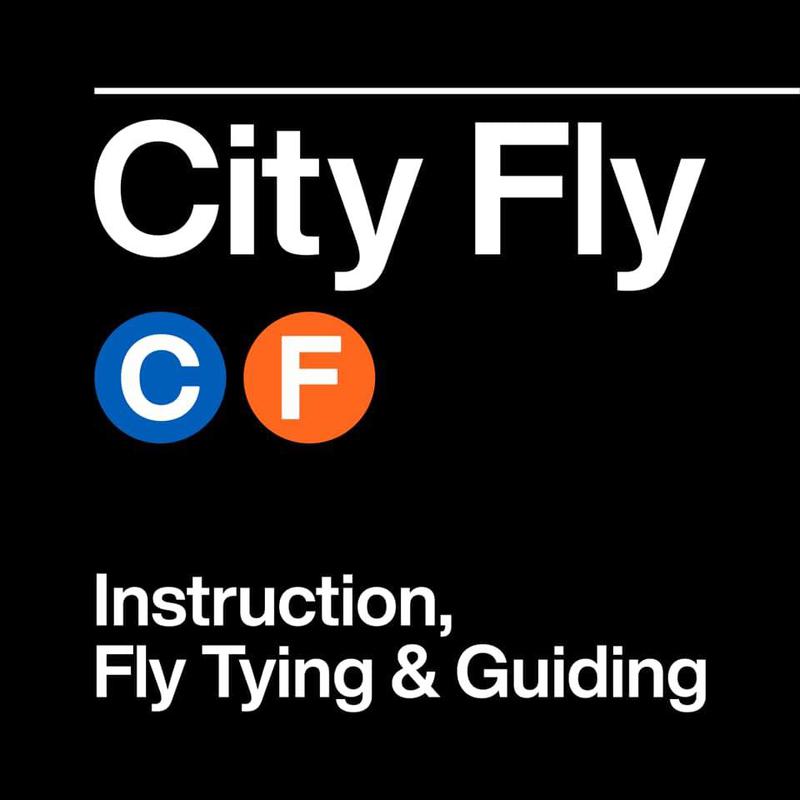Skinny Water Charters
Tips, Partners, and other Links
- Fish where flats meet deep water breaks
- Fish where current meets or leaves a ledge and other structure
- Fast moving water & turbulent water provides ambush points for stripers- Venturi effect
- Scout boulder fields and shoreline contours during low tides and mark them with your chartplotter- helpful at night for wading anglers or with your handheld GPS to allow you find at night
- Mark structure not on your chart with your GPS-
- Use drift socks on your boat to counter the effects of wind and current
- Use top water hookless lures as teasers in shallow or dangerous waters to prospect fish
- Use a heavy “river anchor” in muddy soft bottom areas where a traditional fluke type anchor will not hold
- Stripers will stay on the flats all summer as long as the water temperature stay below 75F
- Tides are critical- flooding tide is typically more productive better than the ebb and at the lower stages of the tide
- When the flat is emptying fish are hastily retreating off the flat to get to deeper water
- When flats fishing from a boat look closely at the dark grass patches on the bottom where bass will be spending more time than over white sand
- Drape fishing net over your outboard, hydraulic lines, cleats… any obstruction that can foul fly line
- Use blue painters masking tape to cover fly line fouling areas- cleats, rod holders etc
- Stay put when fish blow up- resist the temptation to move- drift through close areas several times- fish will repeat the pattern of feeding. The bait that fish broke on minutes ago is still there and fish will circle back.
- When fishing a surface frenzy- particularly tuna species- often pays to dead drift your fly pattern or a very slow retrieve- and vary the retrieve
- Windy fall fishing… 8wt rods are not up to the task. Go with the heavier rod and the sinking line to power through the wind
- Fish creating swirls may actually be 2-4 feet down but because of their size and large tail fins they are moving a lot of water
- Feeding Fish Signatures- Mornings most noticeable- flat water- Swirls, Breaks, Birds looping/ hovering/dipping, baitfish spraying
- Have your fishing partner cast into the immediate area of a caught fish
- Use a kayak or inflatable with your “mother ship” to access hard to reach or private and delicate waters
- On the RI flats (LNB for example) you will rarely see bass on top, they will be on the bottom looking for crabs and shrimp
- Always bring binoculars to sight fish and birds. Binoculars with built in compass to pinpoint bearing open water with no landmarks or navigational aids for reference
Capt. Jim Barr
Newport, RI
401.465.8751
JamesBarrRI@gmail.com
Rhode Island's finest shore guide service...contact FishwhisperingRI
North Carolina's
Finest Guide Service
